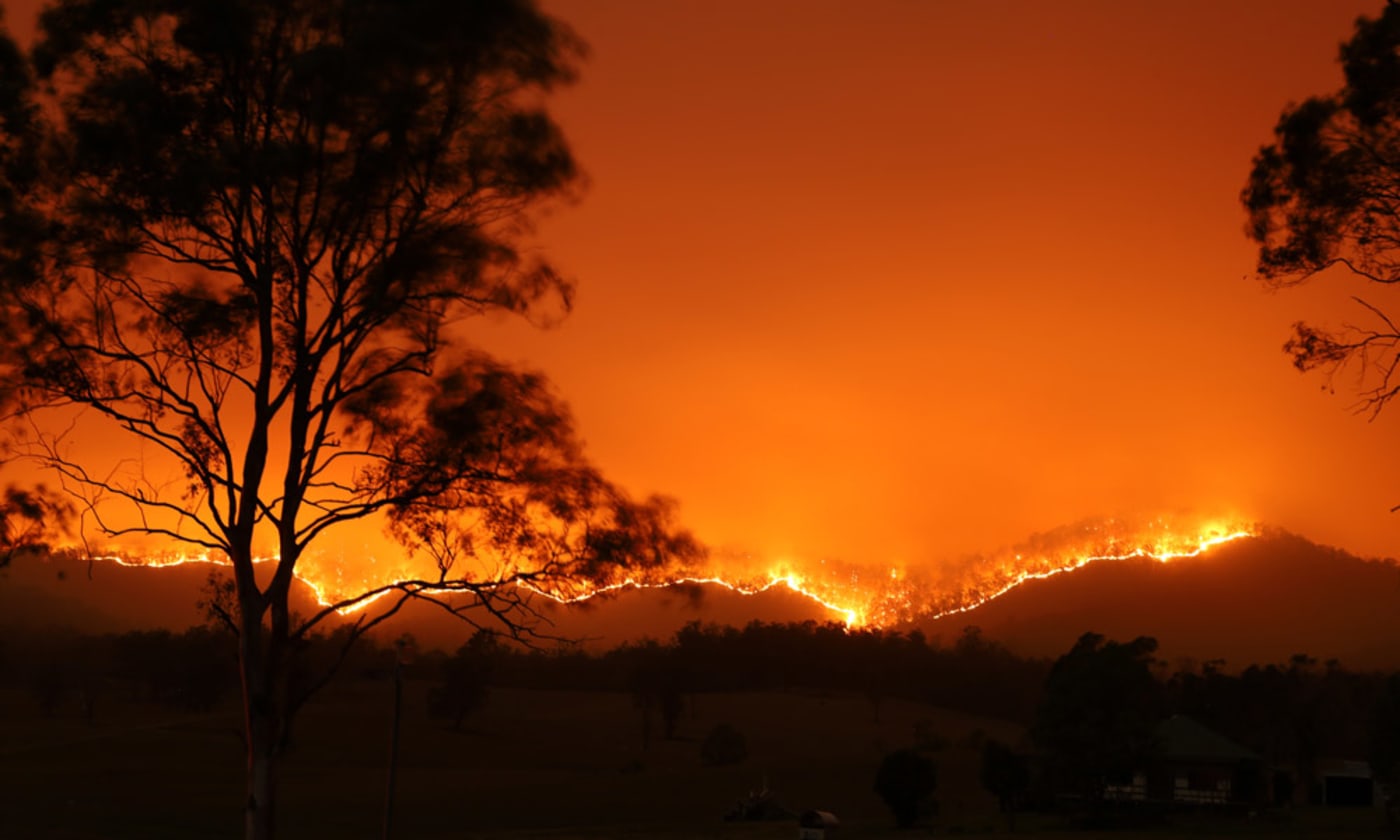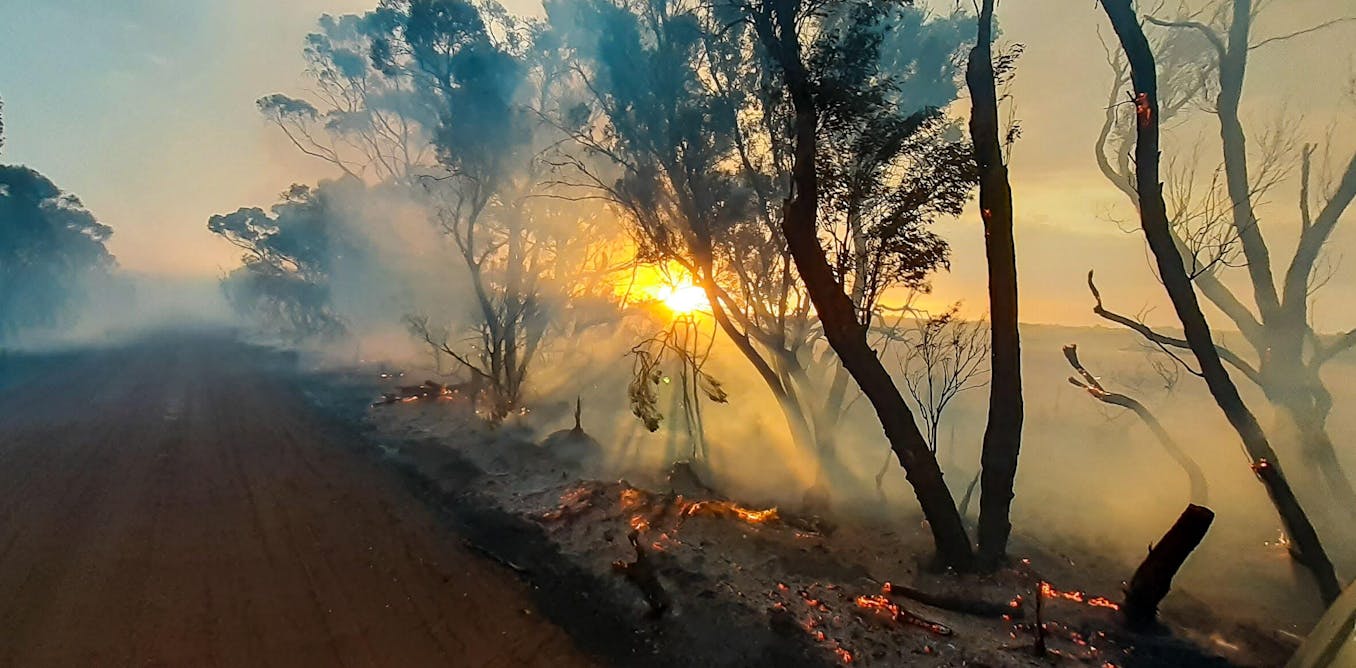The Value of Bushfire Administration in Fire Security
In the realm of fire defense, the significance of effective bushfire monitoring can not be underrated. As areas worldwide grapple with increasing instances of wildfires, the proactive approach to avoiding and minimizing these all-natural disasters with strategic bushfire management methods has emerged as a vital component. Beyond the prompt danger to human life and home, the interaction between bushfire monitoring and ecological conservation, neighborhood involvement, and environment adjustment poses intricate difficulties that demand thorough services.
Value of Proactive Bushfire Prevention
Proactive bushfire avoidance techniques are vital in alleviating the ravaging impacts of wildfires on environments and neighborhoods. By taking preventative procedures prior to a bushfire happens, the risks linked with these natural calamities can be considerably lowered. One essential facet of aggressive bushfire prevention is gas administration. This entails minimizing the quantity of flammable material, such as dead vegetation and completely dry fallen leaves, that can serve as gas for fires. Gas management strategies include suggested burns, where controlled fires are purposely lit to decrease the accumulation of flammable material.
In addition, producing firebreaks - gotten rid of areas where greenery is strategically eliminated to develop a barrier to stop the development or slow of a bushfire - is one more crucial positive action. By applying these strategies, the spread of wildfires can be limited, securing both human lives and the environment. Furthermore, educating the public ablaze security techniques and advertising neighborhood understanding regarding the significance of bushfire prevention are important elements of proactive strategies. Ultimately, proactive bushfire avoidance plays a substantial function in protecting communities and environments from the harmful impacts of wildfires.
Duty of Neighborhood Engagement in Fire Security
Involving the community in fire defense initiatives is indispensable to enhancing the performance of aggressive bushfire prevention approaches. Neighborhood engagement plays an essential function in fostering a cumulative understanding of the dangers posed by bushfires and the value of readiness measures. By involving local citizens, authorities can share important details ablaze safety techniques, discharge procedures, and early warning systems, empowering individuals to take positive actions to safeguard their lives and properties.
Additionally, community interaction initiatives help construct durability within communities, cultivating a feeling of unity and shared duty in mitigating fire risks. With workshops, training sessions, and area occasions, residents can find out how to create defensible areas around their homes, decrease fire fuel loads, and recognize possible threats. By fostering a culture of readiness and collaboration, communities can enhance their capacity to react efficiently to bushfire emergencies, decreasing the impact on lives and residential or commercial properties. Eventually, area involvement is a keystone of thorough fire security approaches, stressing the relevance of cumulative activity in protecting susceptible areas from the danger of bushfires.
Significance of Wildlife Preservation in Bushfire Administration
Preservation of wild animals plays a critical duty in reliable bushfire monitoring strategies, guaranteeing the security of diverse ecosystems and biodiversity in fire-prone regions. Wildlife conservation is crucial as it adds to the total strength of ecosystems, helping in their capacity to recoup and endure from the impact of bushfires. By conserving environments and protecting numerous varieties, the natural equilibrium within these ecosystems is kept, which is essential for their long-term health and wellness and sustainability.
In addition, wildlife preservation also helps in reducing the danger and strength of bushfires. Healthy and balanced communities with well-preserved wildlife populations can function as natural firebreaks, reducing the spread of fires and limiting their harmful potential (BAL Report). Certain animal species, like burrowing pets or birds that spread seeds, play one-of-a-kind roles in avoiding fires or assisting in the post-fire regeneration of habitats
Including wild animals preservation into bushfire monitoring methods is not just necessary for guarding biodiversity yet additionally for promoting the overall health and wellness and resilience of ecological communities despite increasing fire dangers.
Benefits of Strategic Gas Decrease Programs
Purposefully carrying out fuel reduction programs is crucial in minimizing the danger and impact of bushfires in fire-prone areas. These programs involve controlled burning, mechanical cleaning, and click this link other approaches to decrease the amount of combustible greenery available to sustain wildfires. By strategically reducing gas lots in crucial areas, such as near property areas or important framework, the strength and spread of bushfires can be considerably decreased.
Among the key advantages of gas reduction programs is the enhancement of total fire strength in an ecosystem. By creating critical gas breaks and minimizing the connection of plants, these programs aid to interrupt the course of a bushfire, making it easier for firemens click to find out more to have and snuff out the blaze. Furthermore, gas decrease programs can secure biodiversity by preventing excessively intense fires that can ravage environments and intimidate wild animals populations.
Additionally, these programs can also guard human lives and home by lowering the risk of disastrous fires that present a considerable risk to neighborhoods. Ultimately, tactical fuel reduction programs play a crucial function in aggressive bushfire monitoring and cultivating a more secure setting for both individuals and nature.
Effect of Environment Adjustment on Bushfire Risk

Greater temperature levels lead to drier vegetation, making it a lot more prone to ignition. Minimized rains in specific areas prolongs drought problems, additionally enhancing the flammability of the landscape. In addition, the changing environment has actually altered wind patterns and atmospheric problems, resulting in even more unpredictable fire habits and fast fire spread.
As the climate remains to alter, the this regularity and strength of bushfires are expected to rise, necessitating a adaptive and positive approach to bushfire monitoring. Techniques must evolve to represent the altering danger landscape, integrating environment projections and taking into consideration lasting resilience in fire monitoring preparation. Attending to the influence of environment adjustment on bushfire threat is crucial in establishing efficient methods to protect lives, residential property, and the atmosphere.
Conclusion
To conclude, proactive bushfire prevention, area engagement, wildlife preservation, strategic fuel reduction programs, and consideration of environment adjustment are critical elements in reliable fire defense. By implementing these approaches, we can much better manage bushfire risks and safeguard both human lives and the environment. BMP. It is necessary that stakeholders function with each other to prioritize these procedures to reduce the devastating impact of bushfires on neighborhoods and ecosystems

As the climate proceeds to alter, the regularity and strength of bushfires are anticipated to climb, necessitating a positive and adaptive approach to bushfire monitoring.In verdict, proactive bushfire prevention, area interaction, wild animals preservation, strategic fuel decrease programs, and consideration of environment adjustment are essential parts in reliable fire protection.